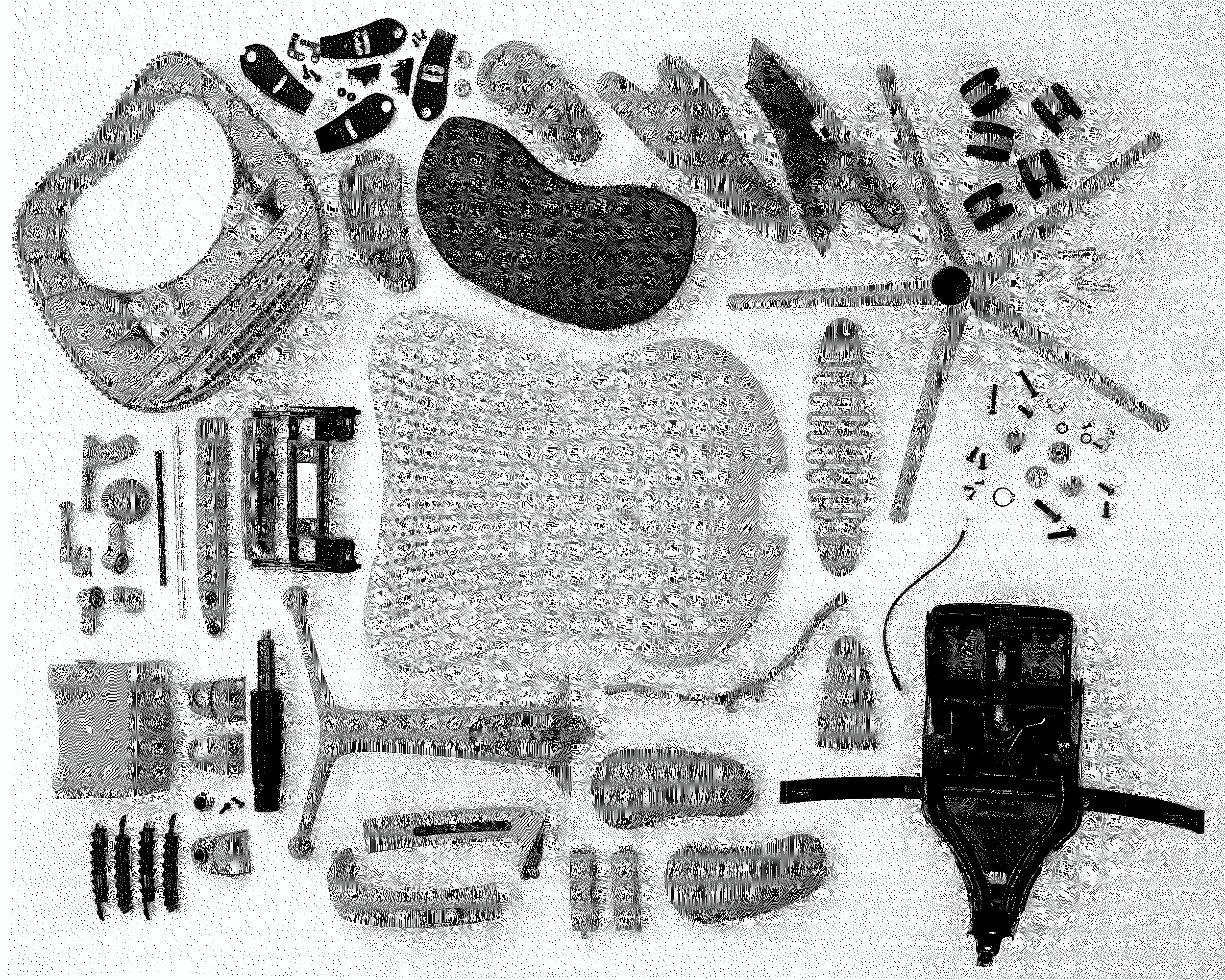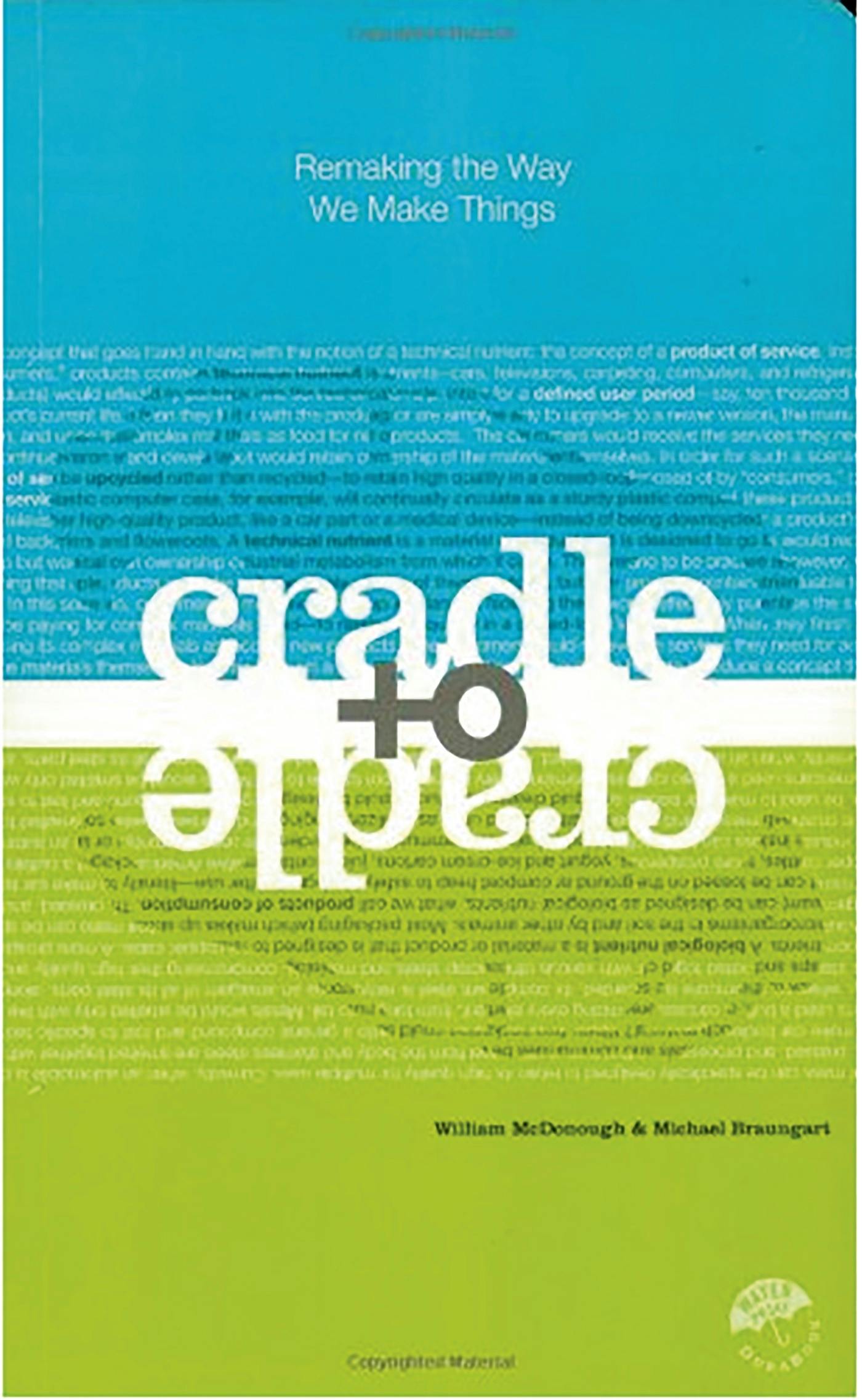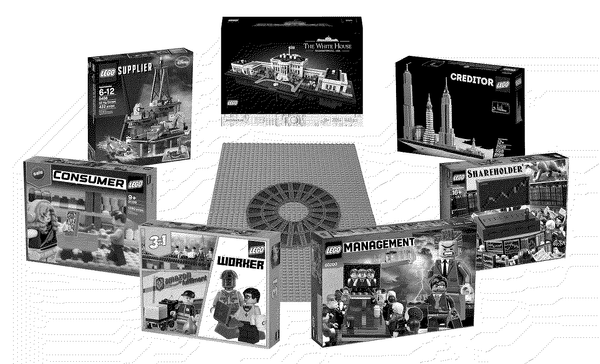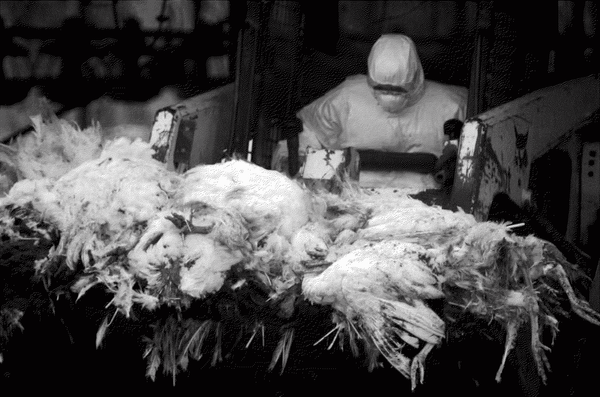Cradle to Cradle
Circularity 1.0

Unlike traditional linear models of production and consumption, which follow a "cradle to grave" trajectory ending in waste, C2C aims to create systems where every product and its components can be reused or safely returned to the environment.
Understanding Cradle to Cradle
Cradle to Cradle is a sustainable design philosophy that envisions a closed-loop system where products are designed with their entire lifecycle in mind. The goal is to create products that can be fully reclaimed or reintroduced into the environment without causing harm. This approach ensures that materials are continuously cycled through closed-loop systems, mimicking the regenerative nature of ecosystems.
Origins of Cradle to Cradle
The Cradle to Cradle concept was pioneered by German chemist Michael Braungart and American architect William McDonough in the early 2000s. Their groundbreaking book, Cradle to Cradle: Remaking the Way We Make Things, published in 2002, laid the foundation for this design philosophy. Braungart and McDonough were inspired by nature’s cyclical processes, where waste from one organism becomes food for another. They sought to apply these principles to industrial and product design, advocating for a shift from the linear “take-make-dispose” model to a regenerative system where materials are perpetually reused.
How Cradle to Cradle Inspires Circular Economy
The Cradle to Cradle methodology is a cornerstone of the circular economy, a systemic approach to economic development designed to benefit businesses, society, and the environment. Circular economy principles are rooted in the idea of creating a closed-loop system where resources are kept in use for as long as possible, extracting maximum value from them before recovery and regeneration. Cradle to Cradle inspires the circular economy by emphasizing:
- Design for Reuse: Products are designed with the end of their life in mind, ensuring that all components can be safely reused, recycled, or composted.
- Elimination of Waste: By ensuring that materials are non-toxic and recyclable, waste is eliminated from the production cycle.
- Resource Efficiency: Utilizing renewable energy and sustainable materials reduces dependency on finite resources and minimizes environmental impact.
- Regenerative Systems: Encouraging systems that restore and regenerate natural ecosystems, creating a balance between economic growth and environmental health.
Key Principles of Cradle to Cradle Design
- Material Health: Ensuring that materials used in products are safe for humans and the environment. This involves selecting non-toxic, sustainable materials that can be safely reused or decomposed.
- Material Reutilization: Designing products in a way that their materials can be easily disassembled and reused in new products, eliminating waste. This includes both biological nutrients (which can safely return to the environment) and technical nutrients (which can be recycled or reused in new products).
- Renewable Energy: Utilizing renewable energy sources in the production and lifecycle of products. This reduces the carbon footprint and supports the transition to a more sustainable energy system.
- Water Stewardship: Managing water use responsibly to ensure clean water is available for all living organisms. This includes minimizing water usage in production and ensuring water discharged is clean.
- Social Fairness: Upholding ethical and fair practices throughout the supply chain, ensuring positive impacts on all stakeholders, including workers, communities, and customers.
Practical Applications of Cradle to Cradle
Implementing Cradle to Cradle principles involves designing products and processes that align with the regenerative cycles of nature. Here are a notable example:
1. Herman Miller’s Mirra Chair
Herman Miller’s Mirra Chair exemplifies Cradle to Cradle design by focusing on recyclability and the use of safe materials:
- Material Health: The chair is made from non-toxic materials that are safe for users and the environment.
- Material Reutilization: Designed for disassembly, 96% of the chair's materials can be recycled at the end of its life.
- Renewable Energy: The manufacturing process utilizes renewable energy sources, reducing its overall carbon footprint.
Common Design Challenges of Cradle to Cradle
- Complexity in Material Selection: Finding materials that are both non-toxic and fully recyclable can be challenging. The availability of such materials is limited, and sourcing them can be costly and time-consuming.
- Product Disassembly: Designing products that can be easily disassembled into their component parts for recycling or reuse requires careful planning and can complicate the design process. This often leads to higher production costs and longer development times.
- Supply Chain Coordination: Implementing Cradle to Cradle principles often requires extensive coordination across the supply chain. Ensuring that all suppliers adhere to C2C standards and practices can be difficult, especially in global supply chains.
- Consumer Awareness and Participation: For Cradle to Cradle to be effective, consumers need to be aware of and participate in the recycling or return programs. Educating consumers and encouraging them to return products at the end of their lifecycle can be challenging.
Criticisms of Cradle to Cradle
- Economic Viability: Critics argue that the Cradle to Cradle approach can be economically unfeasible for many businesses, especially small and medium-sized enterprises. The initial costs of redesigning products and processes to meet C2C standards can be prohibitively high.
- Practical Implementation: While the principles of Cradle to Cradle are laudable, their practical implementation can be challenging. Many companies struggle to achieve the ideal of a completely closed-loop system due to technological and logistical barriers.
- Certification and Standards: The process of obtaining Cradle to Cradle certification can be complex and costly. Some critics believe that the certification standards are too stringent and difficult to meet, especially for companies in developing countries.
- Limited Impact: Some argue that the impact of Cradle to Cradle design is limited if it is not adopted widely across industries. Isolated efforts by a few companies may not be sufficient to drive significant environmental change.
Conclusion
The Cradle to Cradle philosophy is a powerful inspiration for the circular economy, encouraging a shift from a linear to a regenerative system where resources are continuously cycled and waste is minimized.
Readings

Useful links






